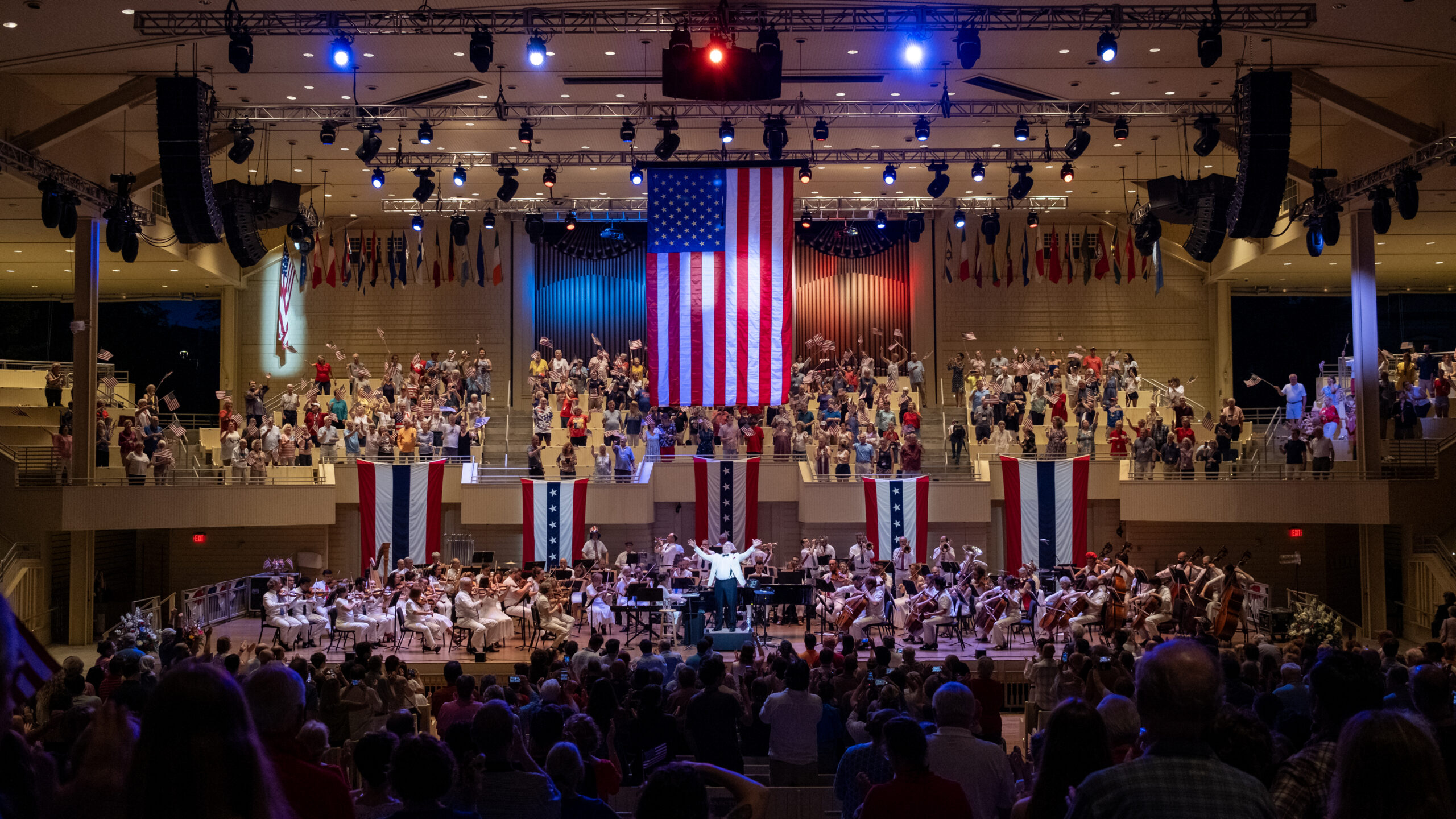
Chautauqua’s Governance Model
Factuality Rating: Question
Question:
Why does CHQ not elect its Trustees? Isn’t supporting Democracy one of the core values of the Chautauqua Mission?
Summary:
This link takes you to Chautauqua’s Mission, which calls for Chautauqua Institution to create a program that,”…explores the important religious, social and political issues of our times”. The composition of the Board of Trustees is governed by Chautauqua Institution’s charter from New York State, which can be found on the Board of Trustees webpage on chq.org. The Institution is chartered as a not-for-profit corporation. This has been our governing document since 1902. Per the charter, four of the 24 members of the Board are elected by the members of the corporation (property owners and long-term leaseholders); the remaining members are elected by the Board itself – a model used by many non-profit boards in the U.S. An election-based governance model where the full board would be elected by members is more aligned with that of social clubs, churches, chambers of commerce, and trade associations. (Carter, 2024)
At the time of the petition for Chautauqua Institution’s charter, Chautauqua’s leaders recognized the potential of a conflict of interest between the concerns of a property owner (referred to at the time as “leaseholders”) and the concerns of the Institution. This is articulated in a letter from trustees and leaseholders to members of the corporation, seeking support of the petition for Chautauqua’s charter. As described in the letter, the Board composition was designed to protect against conflict of interest. That priority remains relevant today. The Board itself is not empowered to change this governance model; that would require an act of the New York State legislature — an action that the Board is not inclined to pursue or support for the reasons stated above.
Historical Information:
The Charter for Chautauqua Institution was enacted by Chapter 196 of the Laws of 1902 as amended by the Legislature on April 1, 1937, and the laws of 1991. The charter consolidated the assets and liabilities of the Chautauqua Assembly, Chautauqua University, and Chautauqua School of Theology into a single not-for-profit corporation. The charter also established a board of 24 trustees to govern and control the Institution. The charter’s purpose is to promote the intellectual, social, physical, moral, and religious welfare of people.
References and Sources
References as linked; staff reports,